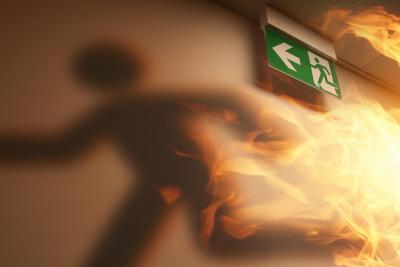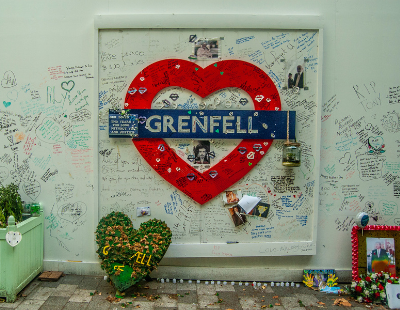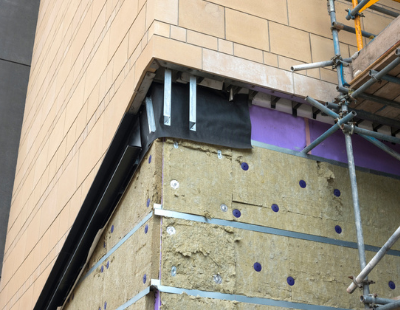
From the 23 January 2023, the Fire Safety (England) Regulations 2022 came into effect for multi-occupied residential buildings. This is what you need to know.
Why have the Fire Safety Regulations changed?
The new legislation and amendments to the existing Regulatory Reform follow the highly publicised Grenfell Tower tragedy and subsequent Hackitt Review. The independent review was designed to set the wheels in motion for a better system for the future for making residents feel safe in the buildings they live in – specifically multi-occupancy high-rise residential buildings.
Who do the Fire Safety Regulations apply to?
The Fire Safety Regulations apply to the ‘responsible person’ in charge of the safety of residents. That responsible person will likely be the landlord, building owner or property manager who has control over the premises.
If you are that person, you will have legal duties to fulfil under these new regulations.
What are your legal duties?
For multi-occupied building with two or more sets of domestic premises, the specific legal duties depend on the height of the building, however all responsible persons are required to:
- supply fire safety instructions to residents with comprehensive details on fire doors, how to report a fire, evacuation guidance and what to do after a fire has occurred.
For buildings that exceed 11m in height, the responsible person must also carry out annual inspections of entrance doors to flats and fire doors in common areas.
When carrying out checks to doors, the responsible person must:
- Check that self-close doors close perfectly around the entire frame (check both sides of the door)
- Look for any damage or wear and tear to glazing or door
- Check letterboxes close firmly
- Check seals and hinges
For residential properties of 18m or over (or with seven storeys or more), the responsible person will need to do all of the above plus:
- Provide current electronic floorplans and details regarding the building’s design, materials and risks to the local fire and rescue service (FRS)
- Install a secure information box in the building with a hard copy of the floor plans, building plan and contact details of the responsible person kept inside (this should be checked annually and updated if required)
- Carry out monthly inspections on essential firefighting equipment and lifts
- Install high visibility way-finding signage that can be seen in low light or smoky conditions
- Report any out-of-order firefighting equipment or lifts to the FRS if it hasn’t been working for longer than 24 hours
What happens if you don’t comply?
Other than putting the lives of your residents at risk, financial fines can reach the thousands of pounds. It simply isn’t worth the risk to anyone.
It doesn’t take much time or effort to integrate these extra checks into your regular property inspections. The latest version of the Inventory Hive property inspection platform includes the new fire door regulation checklist questions so this can be used to record the relevant information you need to demonstrate compliance.
If you would like to learn about how Inventory Hive can help with your property inspections, including fire door inspections, then you can book in a quick call with a member of the team here.
Learn more at Inventory Hive or visit the Government website for further details on Fire Safety (England) Regulations 2022.
*This article is for guidance only and if you have any specific questions then please seek legal advice.

























Join the conversation
Be the first to comment (please use the comment box below)
Please login to comment